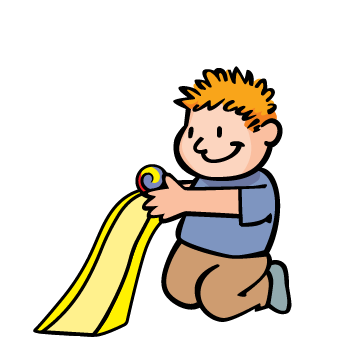Boston Children's Museum
308 Congress Street, Boston, MA 02210
617-426-6500
© Boston Children’s Museum 2025
Website Design by JackrabbitChildren get too few chances to experiment with materials and to design and build objects of their own creation. These Raceways and Roller Coasters activities allow your students these opportunities, and engage them on many different levels as well. Building these tracks and rolling marbles down them help children to develop problem-solving and teamwork skills and touch upon some basic principles of physics like energy, acceleration and momentum.
It is suggested that you try this activity as the third in the “Raceways & Rollercoasters” series, following “Raceways & Rollercoasters – Marble Races” and “Raceways & Rollercoasters – Getting Loopy”. You can, however, do this activity without having tried the earlier ones. See the Purchasing and Preparing Pipe Insulation PDF (click here to open) for information on getting the materials ready.

Ask your students if they have ever seen, been on or heard of a ski jump before. If few or no students are familiar with ski jumps, you can ask if they’ve seen “Moto X” or Skateboarding “Big Air” competitions from the X Games. If using ski jumping, ask a volunteer to draw the shape of a ski jump on the board or a piece of chart paper. What direction does the skier go in after leaving the end of the jump? Do the same for Moto X or skateboarding, though note that a skateboarding ramp is U-shaped—the skateboarder travels straight up, rather than up and out as they do after leaving a ski jump or motorcycle jump. If using a skateboard ramp (called a “half pipe” or “vert ramp”) as your example, ask your students what would happen if the ends of the U-shaped ramp (which are straight up and down) were pointed outward at more of an angle. Would the skateboarder still travel straight up in the air, or would it be different?
Create a jump at the end of your ramp that your marble will fly off of. How far can you get your marble to fly through the air and then land in the coffee can without bouncing on the ground? The marble must also stay in the can once it lands in it.
After 10–15 minutes, stop your students and bring them together to share their observations with each other. Is it easy or hard to make a ski jump? Does anyone have any suggestion for the other teams on how to make a successful jump? Look for thoughts on the shape of the jump. Does the angle at the end matter? Do any teams have any of these shapes (see Figure 1)?
Look for suggestions about the steepness of the track as well, and for thoughts on how to get the marble to not bounce out of the coffee can once it has landed in it. This discussion should last no more than 5–10 minutes.
Have teams continue to attempt to make successful ski jumps. At the end of the session, or when all teams are done, bring all of the teams together to share their results. Have each team show off their ski jump, and ask them to tell the other teams about something that they changed about what they created during the session. Then, have them roll a marble down the jump. If the marble doesn’t land in the can, let them keep trying until they have a successful run. If they are unable to achieve a successful run after several attempts, ask if any of the other teams have any suggestions for things that the reporting team might change, have them make a change and then try rolling again – stay with it until they are successful!